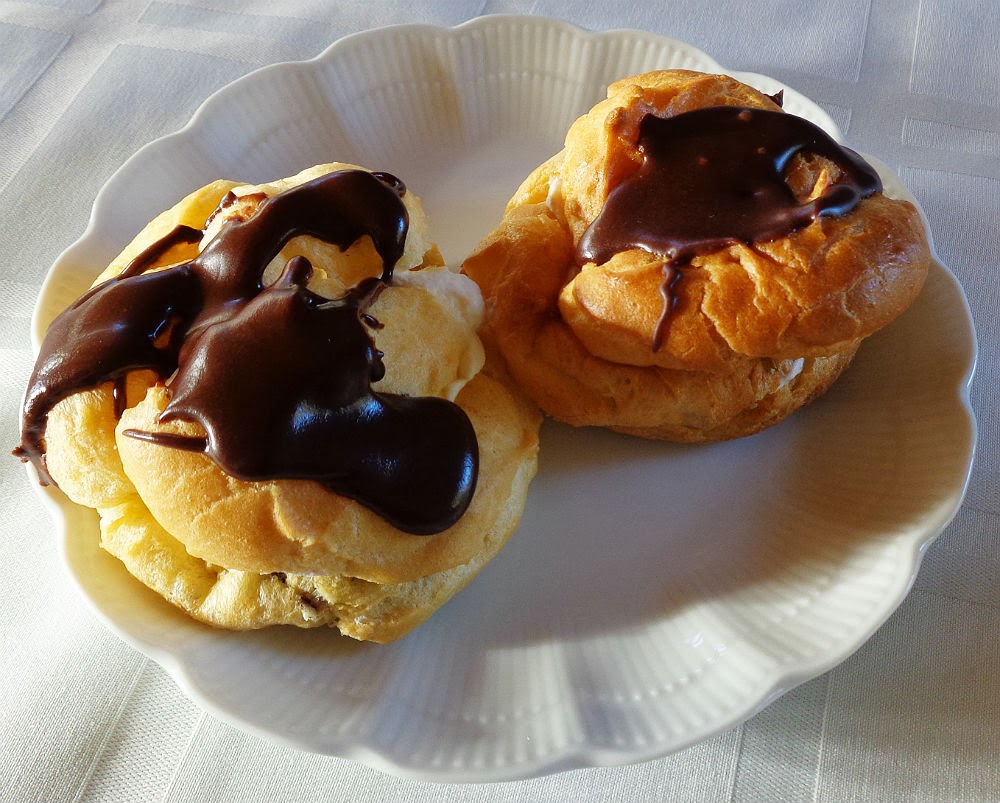Split pea soup with salt lamb - Saltkjöt og baunir
Today is Shrove Tuesday. This day is called Sprengidagur (Bursting Day) in Iceland. This is the last day before Lent, and during the time when Icelanders still observed the fast, it was the last day on which meat could be eaten until Easter. The origins of the Icelandic name for this day are uncertain, but today it is generally taken to mean "eating until you feel like you're bursting". Split pea soup and salted mutton has been the traditional meal for this day since the 19th century. Recipe: 2 l water 500 g lamb meat or mutton, preferably salt cured, or salt pork if lamb/mutton is not available 200 g yellow split peas 1 tsp salt 500 g potatoes 1 onion 500 g carrots and rutabagas 3-4 slices smoked bacon (optional) (I use a lot more) Soak the peas for time indicated on packaging. Bring water to the boil. Cut onion into chunks and add to the water with the meat and peas, and cook for about 1 hour. If you are using bacon, cook with the rest for the last 1/2 ho
